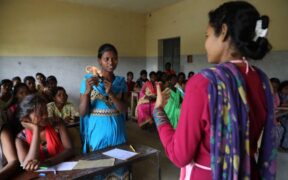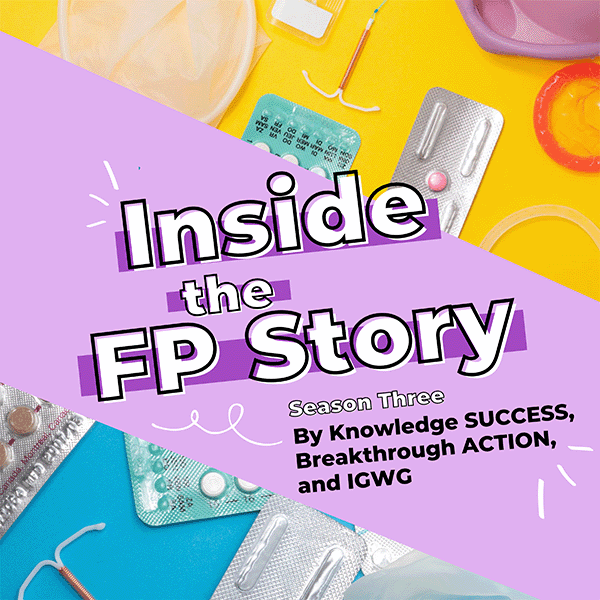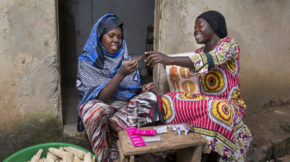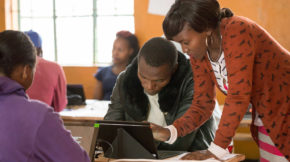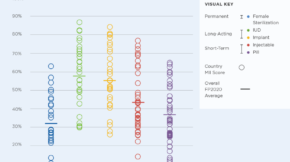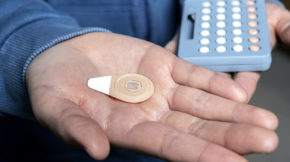Tag:
sexual and reproductive health

Insights from industry professionals on the crucial role of private sector engagement in driving inclusivity and innovation in FP/SRH.
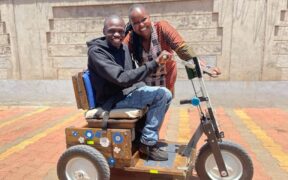
Discover the work of Kupenda for the Children in supporting young people with disabilities affected by sexual abuse. Read the interview with Stephen Kitsao and learn how he counsels families impacted by disability.

In this insightful interview, we had the pleasure of sitting down with Meena Arivananthan, the Asia Knowledge Management Officer for Knowledge SUCCESS, who joined the team several months ago in September 2023.
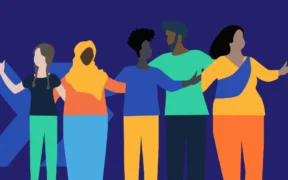
Through a long-term partnership, FP2030 and Knowledge SUCCESS have used KM techniques to summarize country commitments in shareable formats that anyone can easily understand and expand documentation expertise among FP2030 Focal Points.
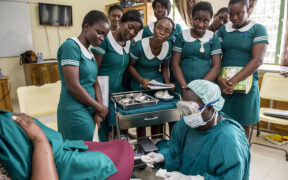
L'année dernière, PATH et YUX Académie dans le cadre de HCDExchange ont lancer le réseau des ambassadeurs HCD+ASRH afin d'accroître la sensibilisation et de renforcer les capacités des praticiens, de développer une communauté, d'échanger des connaissances, et de partager des compétences et des connaissances.

Last year, PATH and YUX Academy, as part of HCDExchange project, launched the HCD+ASRH Network of Ambassadors to raise awareness and strengthen the capabilities of practitioners, develop a community, exchange knowledge, and share skills and expertise.
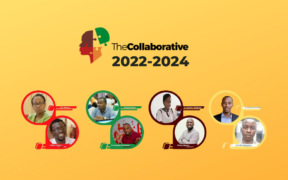
As we extend a warm welcome to the 2024 members of the steering committee, we express profound gratitude to the outgoing team for their invaluable experiences and insights. Join us in celebrating their journey and gathering wisdom to empower the incoming team.
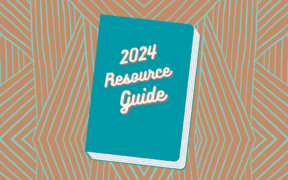
Introducing the fourth version of our family planning resource guide, including 17 tools and resources from 10 projects. Consider this your holiday gift guide for family planning resources!




